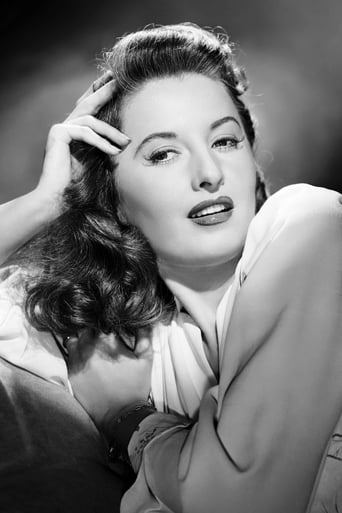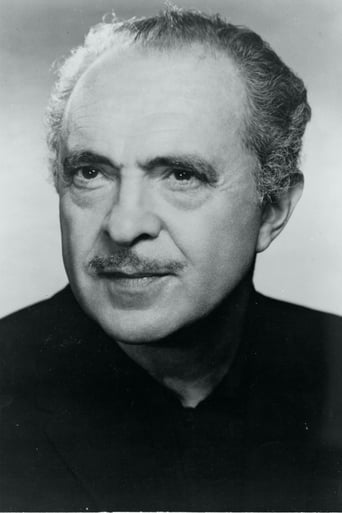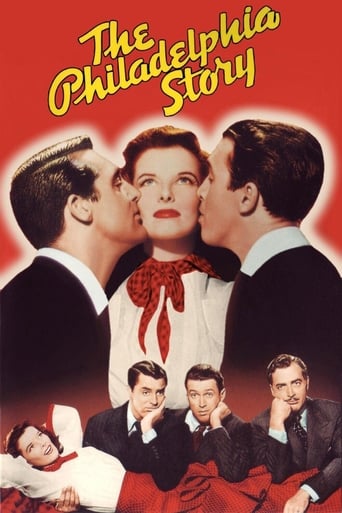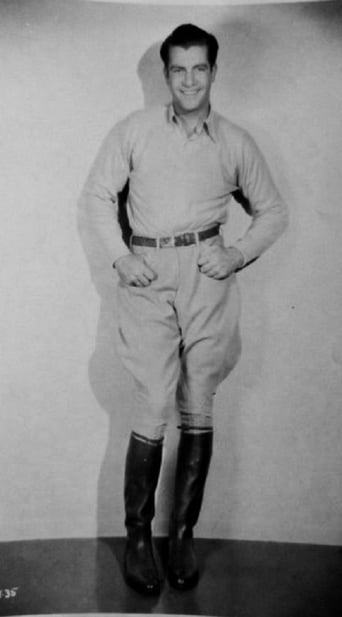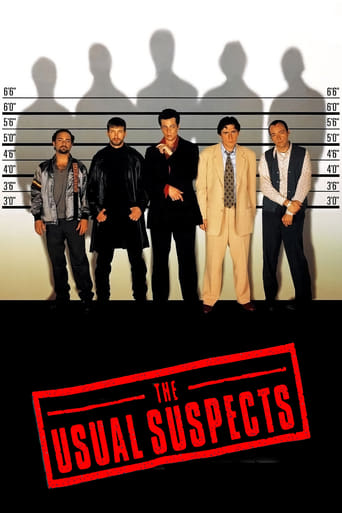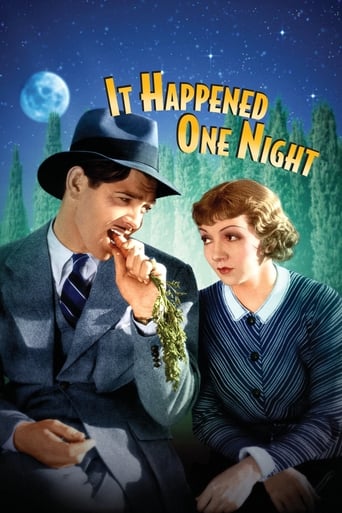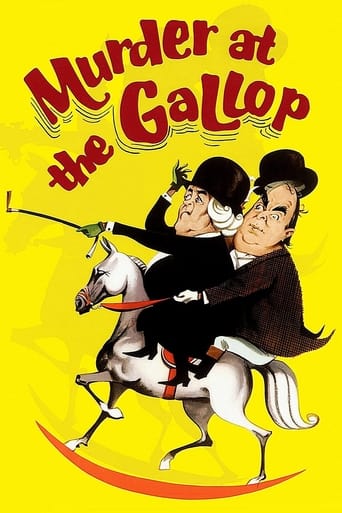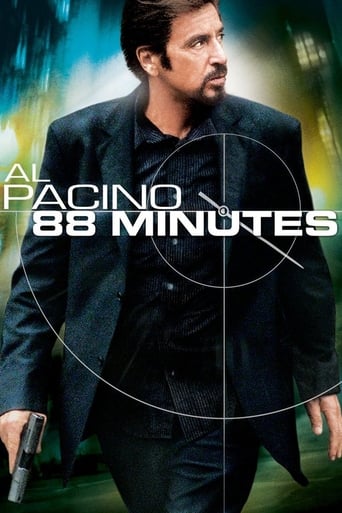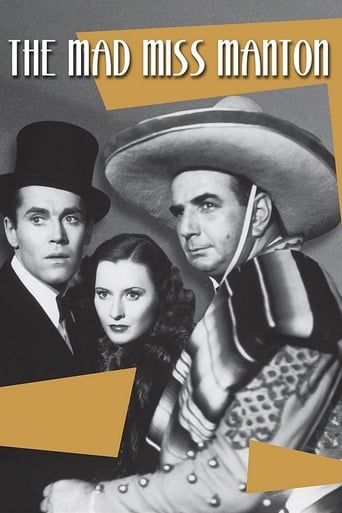
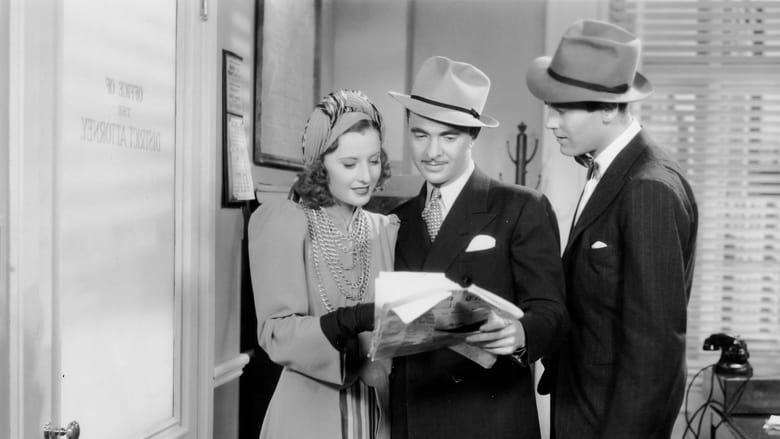
The Mad Miss Manton (1938)
When the murdered body discovered by beautiful, vivacious socialite Melsa Manton disappears, police and press label her a prankster until she proves them wrong.
Watch Trailer
Cast
Similar titles


Reviews
That was an excellent one.
This is one of the few movies I've ever seen where the whole audience broke into spontaneous, loud applause a third of the way in.
If you like to be scared, if you like to laugh, and if you like to learn a thing or two at the movies, this absolutely cannot be missed.
The movie's neither hopeful in contrived ways, nor hopeless in different contrived ways. Somehow it manages to be wonderful
Producer: Pandro S. Berman. Copyright 21 October 1938 by RKO Radio Pictures, Inc. New York opening at the Radio City Music Hall: 20 October 1938 (ran one week only). U.S. release: 21 October 1938. Australian release: 26 January 1939. 80 minutes. SYNOPSIS: Melsa Manton, a spirited heiress, leads a group of six high society girls in a series of mad pranks which culminate in an attempt to solve a baffling murder.PRINCIPAL MIRACLE: Epstein manages to ingeniously combine a pretty amusing screwball romantic comedy with a suspenseful murder mystery.COMMENT: Definitely one for the connoisseurs, The Mad Miss Manton proved too mad for the general public's taste on first release. But when I finally caught up with it in the 1950s, I was absolutely thrilled. I loved the bizarre situations and characters, split my sides laughing at the continuous wisecracks and was sick with suspense at the scary climax when the mystery finally unraveled in spine-tingling fashion. The breezy pace with which director Leigh Jason slings it all together is yet another cause for enjoyment. Stanwyck whirlwinds through the movie with her usual aggressive aplomb, and finds her match in Fonda's snappy but stylish newspaperman. The character players, with the exception of Sam Levene's too heavy detective, are a marvel. Epstein gives them all wonderful opportunities to shine. Stanley Ridges delivers one of his best performances and James Burke, sobbing through a gruesome rendition of "Home on the Range", is especially funny. You'd think Epstein had fashioned his screenplay for the express purpose of providing employment for as many actors as possible. In fact, the sets are often so crowded with extras, Epstein even plays that over-embellishing for a few laughs. And the parade keeps on coming. Right to the end. You keep wondering who's going to turn up next. John Qualen, for instance, has an effective scene right at the climax. Yes, The Mad Miss Manton is crowded with production values: hordes of extras, glossy sets, atmospheric lighting, fast pacing. Style!
In the first of their three co-starring vehicles, Barbara Stanwyck and Henry Fonda shine in character clashing along with many illustrious supporting players in this Golden Era madcap Murder Mystery Comedy."The Mad Miss Manton" (RKO, 1938) follows the saga of wealthy débutante Melsa Manton (Barbara Stanwyck) and Hilda (Hattie McDaniel), her efficient housekeeper.Add to the program seven débutantes abiding in the lap of luxury, and supporting their comrade in society: Helen Frayne (Frances Mercer) Pat James (Whitney Bourne) Myra Frost (Linda Perry) Kit Beverly (Vickie Lester) Jane (Eleanor Hansen) Dora Fenton (Catherine O'Quinn) Lee Wilson (Ann Evers).Peter Ames (Henry Fonda), an ambitious newspaper reporter, Lieutenant Brent (Sam Levene) and Officer Sullivan (James Burke), who are all summoned to investigate the murder of a wealthy business leader, whose body unaccountably disappears, while another mysteriously surfaces.When Peter and Lieutenant Brent charge Miss Manton and her ilk of lovely Park Avenue débutantes with attempting to pull a prank, Melsa decides to take matters into her own very capable hands, with help from her associates, who, if you read between the lines, may be considered to exhibit characteristics of the Seven Capital Vices.Although these are not quite developed during its 108-minute screen story, traces of Avarice, Envy, Gluttony, Lust, Pride, Sloth and Wrath are detectable among the fashionable set of peers.One often expresses her anger toward the behavior of the establishment. One constantly searches for snacks. One devotes her attention to the gentlemen in her sight. Another sort of lies around without much to do, as others bathe in wealth and pride of their collective station in life, and so forth and so on.Suspects for the film's central crime display effective performances in well-cast roles, most bringing familiarity to the screen: Bat Regan (Paul Guilfoyle) Sheila Lane (Leona Maricle) Ronnie Beldon (William Corson) Edward Norris (Stanley Ridges) Frances Glesk (Penny Singleton) Mr. Fred Thomas (Miles Mander) and Gloria Hamilton (Kay Sutton).Rounding out "The Mad Miss Manton" cast includes some familiar faces, each bringing a special quality to an all-too-brief scene along the way: John Qualen as the Subway Watchman Robert Middlemass as the District Attorney Grady Sutton as the D.A.'s Secretary Olin Howland as Mr. X Charles Halton as Popsy, Melsa's Lawyer Vinton Haworth as Peter's Secretary Irving Bacon as Mr. Spengler, the Process Server Bess Flowers as a Charity Ball Guest and Gerald Pierce as the Newsboy.
This was one of many Hollywood films of the 1930s that tried to cash in on the Nick and Nora Charles phenomenon. Americans loved the Thin Man movies and so there were many similar films, such as this film. THE MAD MISS MANTON was similar to the Thin Man films because it relied heavily on sophisticated comedy and the actual murder plot was, at best, secondary. Plus, like Nick Charles, Miss Manton was a rich society party girl.Since the plot isn't exactly relevant, the repartee between Barbara Stanwyck and Henry Fonda is excellent and a lot of fun to watch. In particular, I liked the scene when they first met--she slapped him and without any hesitation, he slapped her right back! In addition to their wonderful scenes together, Hattie McDaniel was excellent in a supporting role. Instead of the usual Black maid part, she was very sassy and smart--dishing it out every bit as well as anyone else! So if you are looking for a fun "turn off your brain and just enjoy" film from Hollywood's Golden Age, look no further. You're bound to enjoy this film immensely--provided you don't worry about the unnecessary details (such as the plot or how unbelievably stupid the cops are in the film).
Here's another from the great period of experimentation in the detective film. In this case, the detectives are 8 extremely wealthy 20 year old, very pretty women, always dressed to the nines. There isn't much effort to discriminate them as you normally might. One eats all the time, another is more infatuated with men than the others.And the leader, Barbara Stanwyck, is in nearly every scene so we can fall in love with her like our surrogate does: Henry Fonda (before anyone took him seriously as an actor) is a newspaper reporter, a standard device of the time to fold the audience in.The murders are more complicated in terms of who did them than usual , but the appeal of the thing was supposed to be clearly in the appeal of these eight woman. At first, they are motivated to solve the murder because our reporter called them useless members of society (and this with all their charity work!) Its well after the code, so the sex is rather understated. But it is there clearly enough in many lines and plot threads, We are supposed to see this not as a girl scout troop but a harem.Unfortunately, the thing is leaden. Nothing works, except when Hattie McDaniel is on the screen. She's fantastic. As Stanwyck's maid, she tells Fonda that she is instructed to throw water on him if he enters the apartment. He does and she does. Its the only thing in the movie where the timing works.Film students in the future when studying the beat a film has to have to work, will study this. Its easier to see and understand the lack of the thing.By this time, James Gleason's flustered loud cop was standard enough to copy though Ted's Evaluation -- 1 of 3: You can find something better to do with this part of your life.
